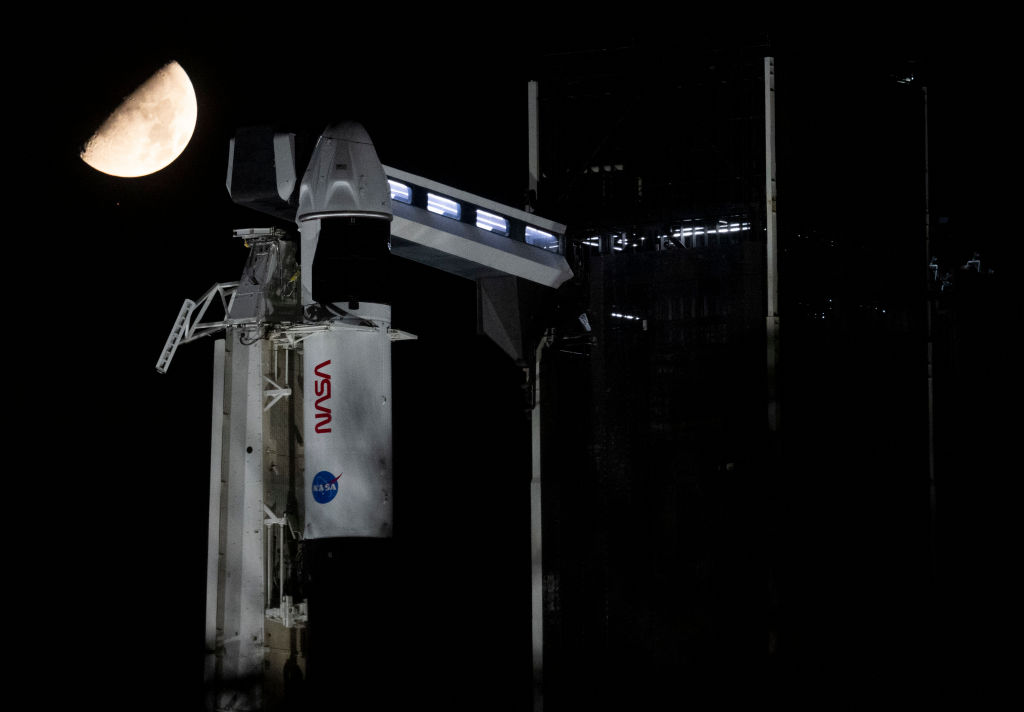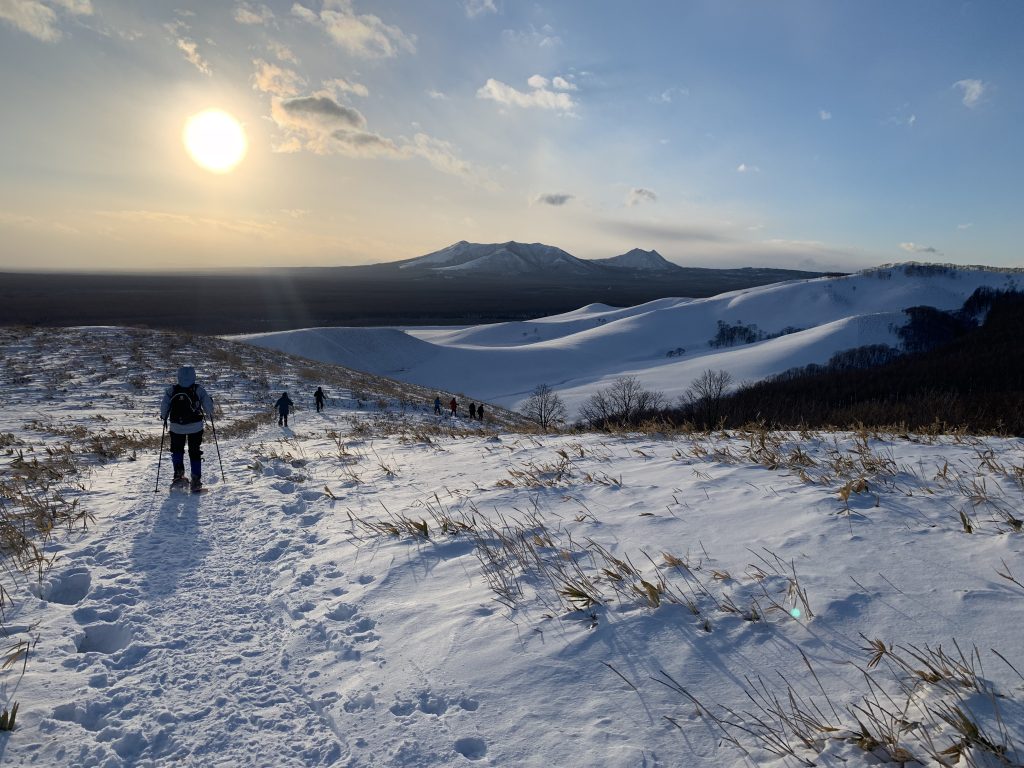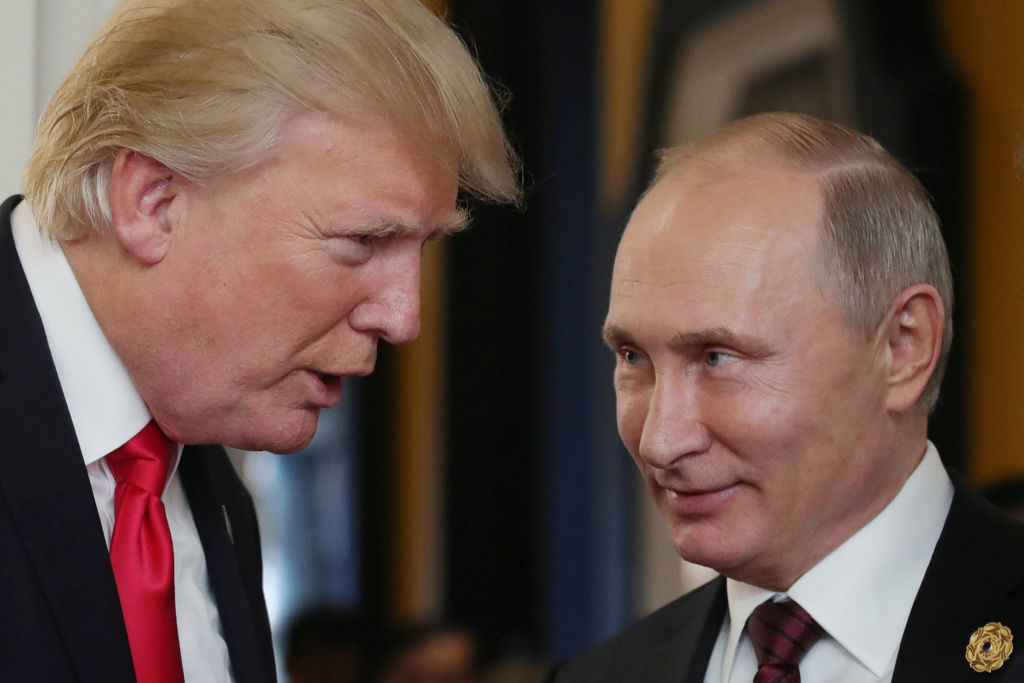This weekend the leaders of the G7 countries meet in Hiroshima to discuss the most urgent issues facing the world today. The Russian aggression against Ukraine and the ban on the use of the nuclear weapons are among the key items on the summit’s agenda. When I visited Hiroshima last month the war in Ukraine and the nuclear issues were also at the top of my personal list of concerns. At the site of the Hiroshima Peace Memorial, also known as the Atomic Dome, a visitor can hardly avoid being taken aback or even shocked by the contrast between the stark skeleton of a magnificent building destroyed by the nuclear explosion of 1945 and the beauty of its surroundings. When I was there recently, the lawn was resplendent with the colors of spring — green leaves on the bushes and blossoming red, pink, and white roses. Beyond the park is a prosperous modern city bursting with life.
A Japanese television reporter who accompanied me to the dome spoke about visiting American students who reflected on the horror of the atomic blast but noted that at least the bomb had exploded in the middle of the park, with few people around. The sad irony is that there was no park on that spot in Hiroshima when the bomb was dropped on August 6, 1945. The Industrial Exhibition Hall — the future Atomic Dome — stood approximately 500 feet away from the epicenter of the explosion. More than 140,000 people were killed by the blast and radiation.
As I listened to the story, my thoughts went back to Chernobyl, the site of another nuclear disaster that I had visited a few years earlier. The comparison could not have been more striking. At Chernobyl nature also revived, but the people did not return. The nearby city of Prypiat is still a ghost town decades after the explosion and will probably remain in that condition for generations to come. While the immediate destructive impact of nuclear bombs and the high levels of radiation they release are extremely damaging in the short run, nuclear accidents and their low doses of radiation turn out to have more lasting effects.
Hiroshima and Chernobyl came together in my mind because, after Russia’s all-out invasion of Ukraine in February 2022, Chernobyl became the world’s most recognized symbol not only of nuclear accidents but also of the weaponization of nuclear energy in wartime. The Russo-Ukrainian War managed to do something that World War Two could not, turning atoms for peace into atoms for war. An attacker can now use nuclear power not only to produce destruction on the scale of Hiroshima and Nagasaki but also to make the sites of nuclear explosions uninhabitable for decades if not centuries, as happened at Chernobyl.
On February 24, 2022, the first day of the Russo-Ukrainian War, Russian forces captured the Chernobyl nuclear site, took the personnel of the plant hostage, and forced the same shift to work around the clock with no relief for twenty-five long days. They did not allow Ukrainian repair crews to come to the area and restore the power lines supplying the plant with electricity required to keep the nuclear facilities safe. The exhaustion of the plant’s staff and the lack of power to operate the cooling ponds containing spent nuclear fuel might very well have caused another nuclear accident at Chernobyl.
The Ukrainian armed forces drove the Russian invaders out of the Chernobyl nuclear zone in late March 2022, but Russian contingents besieged another Ukrainian nuclear power plant — Europe’s largest — southwest of Zaporizhzhia. There the Russians employed heavy equipment and missiles during a struggle for the plant in March 2022. The administrative building suffered the greatest damage, but a training facility much closer to one of the station’s six reactors also caught fire.
Around the time I was visiting Hiroshima, Rafael Mariano Grossi, the director general of the International Atomic Energy Agency (IAEA), issued his 154th statement on the condition of nuclear power plants in Ukraine. Its text was particularly alarming. Grossi reported that on visiting the plant three weeks earlier, he had seen military preparations taking place nearby. And during the previous week, IAEA personnel whom the Russians allowed to remain at the station had heard shelling on a daily basis. That was especially dangerous, as the station relied on a single power line to supply the electricity required to cool its reactors. If it had been damaged, emergency generators would not have managed to provide backup electricity indefinitely, and meltdowns of the kind that took place at the Fukushima nuclear power plant might have followed.
Grossi’s earlier attempts to implement the IAEA Board of Governors’ resolution demanding that Russian forces leave the plant had produced no results. Russia declared that the nuclear power plant was its property and entrusted its operation to Rosatom, the Russian nuclear monopoly. Grossi and the international community then relied on Rosatom’s goodwill to gain access to the station and implement IAEA recommendations on avoiding disaster. With a Ukrainian counteroffensive expected in the region next month, it is anyone’s guess what may happen to the station and its lone power line.
As I returned from the Hiroshima Atomic Dome to my hotel, I thought that the only way to save the world from future disasters like those at Hiroshima and Chernobyl is to make the capture of nuclear power plants — there are more than 440 in the world today — as much a taboo as the use of nuclear weapons.
Governments are unlikely to initiate such measures of their own accord: they would require strong public pressure, which proved effective in bringing about a treaty to ban atmospheric testing of nuclear weapons in the 1960s. The Ban the Bomb movement of the Sixties made that landmark treaty possible and helped to secure numerous treaties on the non-proliferation and control of nuclear weapons. It is high time to start a new movement calling for an international treaty banning the weaponization of nuclear sites.
Serhii Plokhy’s new book, The Russo-Ukrainian War, is out now. This article was originally published on The Spectator’s UK website.

























